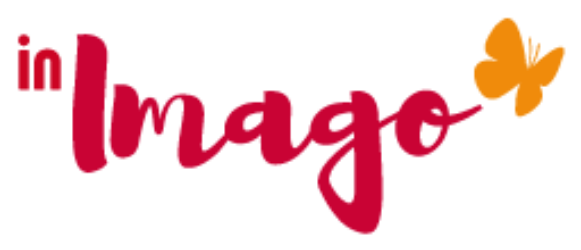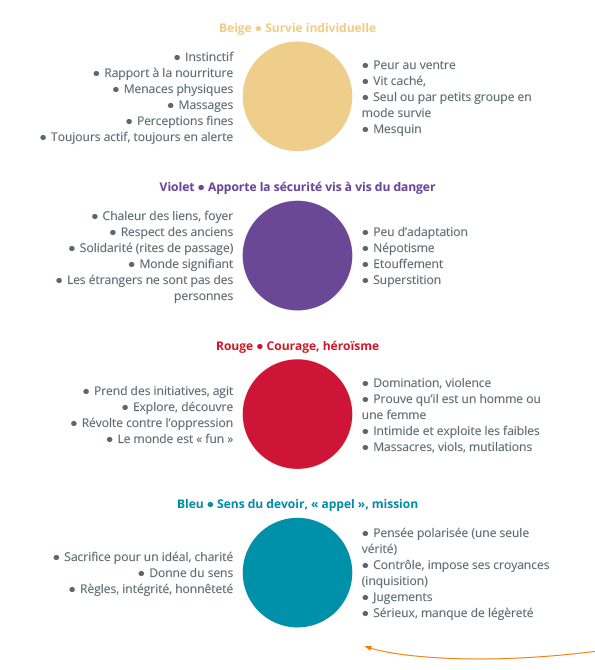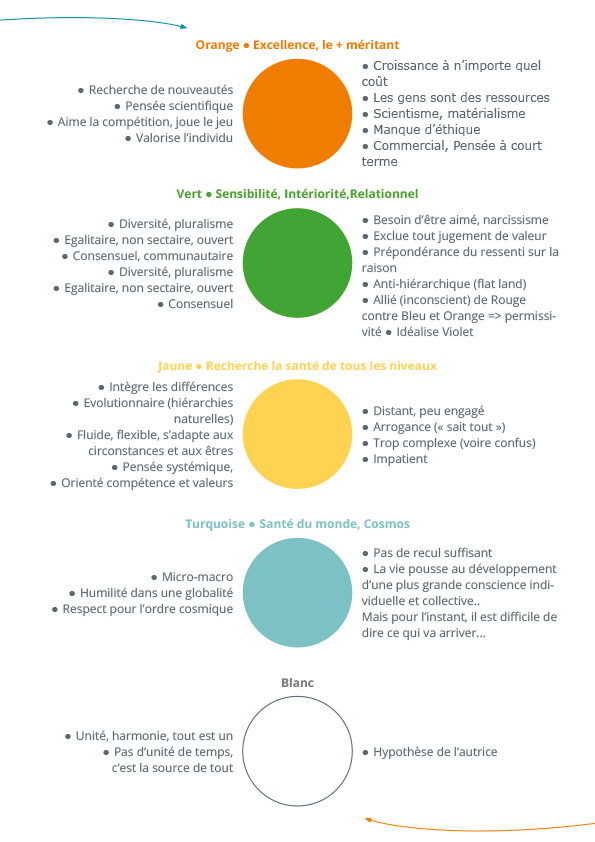An organization is a system in which different material and human processes are interwoven. Humans in this system individually develop a relational image. It is a posture adapted in a way according to the feelings of each one. This is what corresponds to the image that one imagines having to give of oneself. This secondary organizational image was highlighted by Eric Berne, the founding father of TA-Transactional Analysis.
Eric Berne is the founder of TA, transactional analysis.
It is a set of Ego States that everyone goes through at all times.
The ego states are PAC (Parent, Adult, Children).
A relational image in all its forms
The ego states described are in fact a communication model that one uses spontaneously in a group, in reaction to the ego states of others.
Each state is itself divided into PAC. Except the ego state 2, which is that associated with the adult. The adult is endowed with a state of analysis synchronized with the present moment. This allows him to make decisions adapted to the context and the moment.
In our communications, therefore, we spontaneously use 9 polarized ego states: negative, positive as shown in the video above.
These states synchronize with the ego states of the person we are interacting with. As these ego states are used spontaneously, psychoanalysis offers everyone the opportunity to work on their ego states and become aware of them
Eric Berne shows that each of us communicates with these different ego states going so far as to create a relational image that we “fabricate” and take the place that we consider to be our own in the group.
The image that we have of ourselves, our self-esteem is therefore reflected in a secondary image.
Secondary Image
Each person in a group develops their own group image. The group image is not the common image of a group, but the image that each person has of the group and what it should be.
Eric Berne, in structure and dynamics of organizations and groups, highlights the importance of relationships within the group for its proper functioning. An adjustment occurs naturally for the notion of “organization” to take place
Through this private structure, each will allocate places to each member and will in particular give a particular place to the leader of the team – the leader or boss place – and a particular place for the observer, that is to say to itself – the place of the ego.
The other members of the team will either be in differentiated locations, for members identified and perceived as different from all the others, or in undifferentiated locations: the place of others, the other good for nothing, the other chic type…
The degree of differentiation of the Imago is a diagnostic criterion. An imago can be under-differentiated if there are fewer locations than there are people, or completely differentiated if each person has a place of their own.
The leadership area, if it includes several people, can also be more or less differentiated and will depend on the degree of autonomy conferred by the team itself.
Emotional Intelligence – EI and Relational Image
Peter Salovey and John Meyer, two American academics specializing in psychology, were the first to use the term “EI” and to conceptualize it. For them, EI is at the intersection of cognitions and emotions. They argue that individuals vary in their ability to process information of an emotional nature and their ability to relate this emotional processing to general cognition.
The concept of emotional intelligence was born. Our ability to understand it allows us to focus and understand others. Understanding what is inside and outside therefore becomes an ability to develop discernment and self-awareness.

Evolution of organizations
This secondary imago can itself be a representation of a larger state or global system. Organizations themselves evolve according to a global picture as proposed by evolution through the dynamic spiral. The change of state occurs following a shock.
When the speed of evolution exceeds that of the organization, the end is near.
Jacques Welche
To go further
Link to an organic management
Author: Dominique popiolek-Ollé, Transmutation leader, Agile Executive Coach, Founder of In Imago, management consulting and disruptive transformation.




